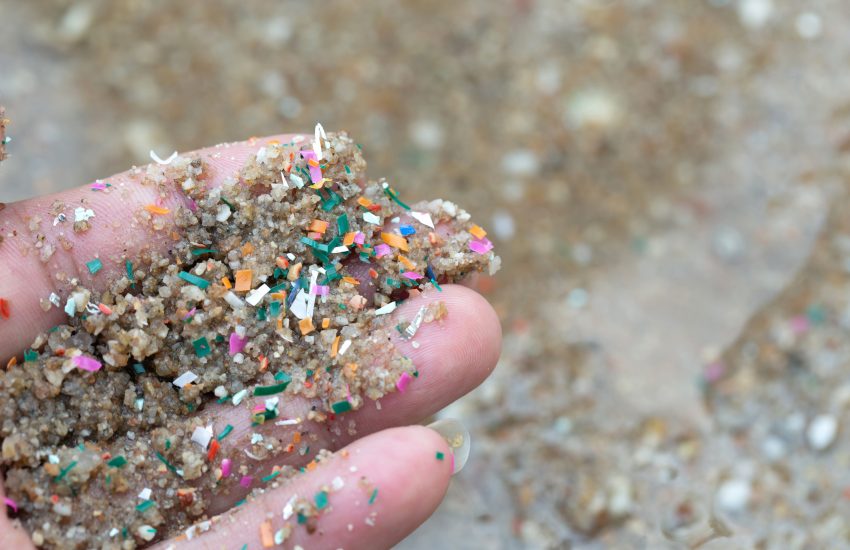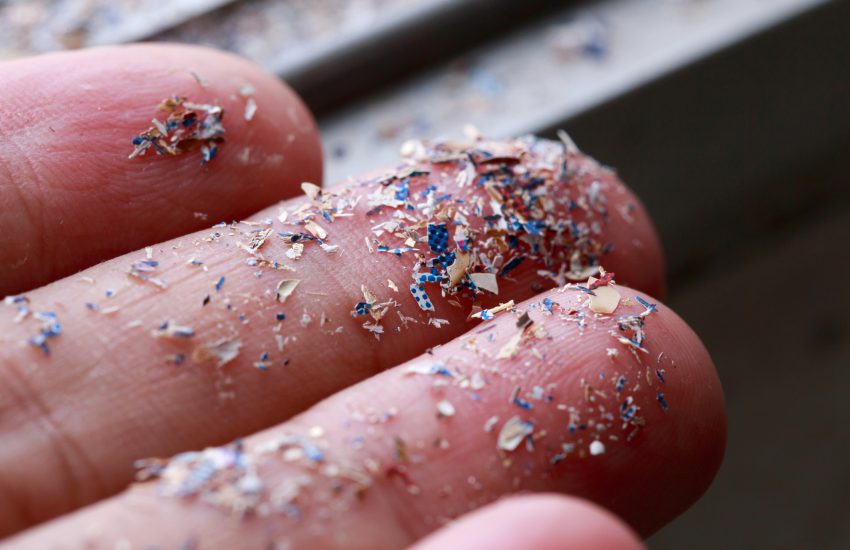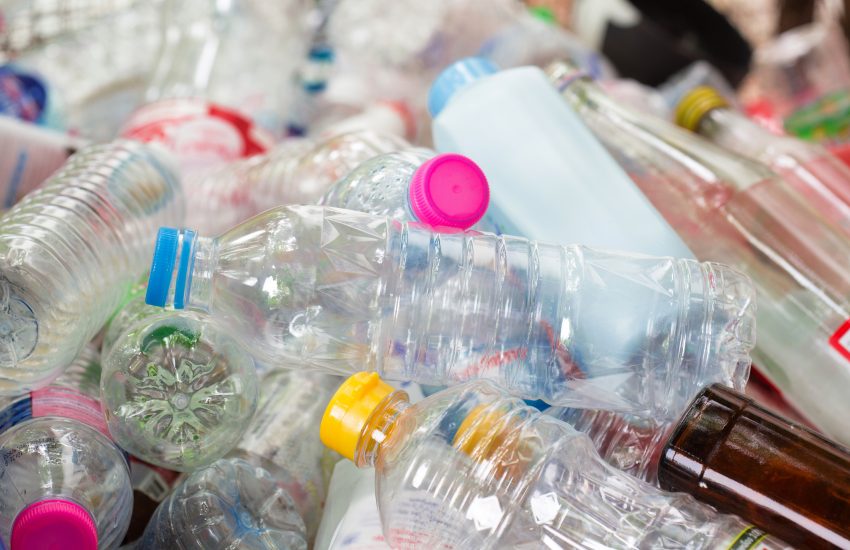Plastics are inescapable. They are used in packaging, home supplies, medical devices, and countless other items. Naturally then, over the past several years, and as covered by ELM and GS’s Toxic Tort and Environmental Law team, microplastics have gained notoriety in the United States. These small fragments of plastic, smaller five millimeters, have increasingly been released into the environment — often into bodies of water — via production, use, or degradation. Microplastics have also been found in aquatic life and human organs.
Reflecting …
Continue Reading




